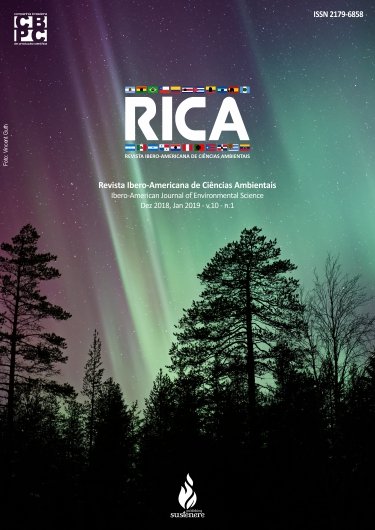Sugarcane industry and microbiological strategies to mitigate the environmental impacts of vinasse application
DOI:
https://doi.org/10.6008/CBPC2179-6858.2019.001.0020Keywords:
Bioethanol, Sugar Cane, Sustainability, WastewaterAbstract
In Brazil, sugar cane has been used as a raw material for the production of ethanol since the beginning of the 20th century, today most sugarcane plants produce in addition to ethanol, sugar and energy. The sugarcane chain contributes significantly to the Gross Domestic Product (GDP), the country being the world's largest producer of ethanol from sugarcane and its production is expected to increase substantially in the coming years. However, linked to the expansion of the sector arise issues related to the increase of waste generation, such as vinasse, generated in the stage of distillation of the sugarcane fermented juice to obtain ethanol. This residue is commonly used in fertirrigation, but when used without technical criteria can lead to environmental impacts, such as salinization of the soil and contamination of the water table. In this study, in addition to the technologies usually employed in sugarcane mills for the application of vinasse in Brazil, information was collected on the potential of vinasse as a medium for the cultivation of microorganisms and the possible chemical changes of this residue after inoculation. The researches pointed out the capacity of the development and growth of microorganisms and microalgae in the vinasse, observing the variations in the chemical characterization, as well as the possible reduction of the polluting load. The dissemination of this information technologies broaden the alternatives for discarding the large volumes of vinasse generated by agroindustries.
Downloads
Downloads
Published
Issue
Section
License
The CBPC - Companhia Brasileira de Produção Científica (Brazil CNPJ: 11.221.422/0001-03) the material rights of the published works. The rights relate to the publication of the work anywhere in the world, including rights to renewals, expansions and dissemination of the contribution, as well as other subsidiary rights. All electronically published works may subsequently be published in printed collections under the coordination of this company and / or its partners. The authors preserve the copyright, but are not allowed to publish the contribution in another medium, printed or digital, in Portuguese or in translation.









